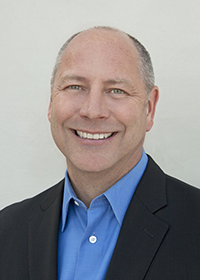Cleveland arts funders and the Cleveland Metropolitan School District have partnered to develop a district-wide arts plan, which includes the immediate hiring of two new district positions supporting arts education K-12.
One position, with the title of Plan Manager, will be internally focused, responsible for crafting and implementing a comprehensive district-wide arts education policy. The other, Partnership Manager, will focus externally on finding the best ways to work with Cleveland’s arts community to benefit our children. The CMSD will also create a working group of representatives from both the district and the arts community to assure success of this work.

